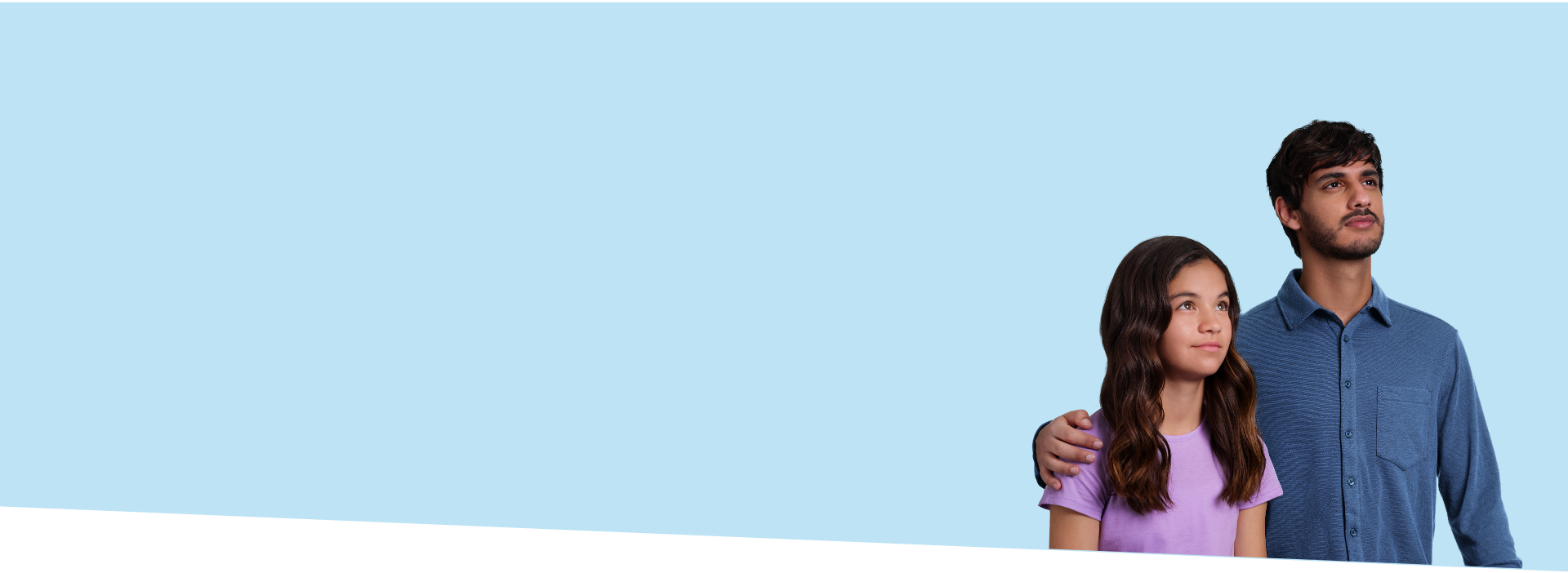Consultation period
Prior to initiation of gene therapy, discussions with a multidisciplinary team may help your patients to understand their disease and treatment options so they can make informed decisions. Exploratory consultations with genetic counselors, a transplant team, and/or other specialists may be involved.
During this consultation period, patients will be receiving a large amount of new information and meeting multiple new healthcare professionals. Making time for appointments and travel can be challenging—especially when navigating the cost of travel, work or school commitments, and caring responsibilities. As they educate themselves about gene therapy and start to understand what may be involved and how they feel about the idea, patients may need time to digest the information they are receiving. Patients may also seek out the support of their healthcare professionals, family, friends, and/or support groups.
Pretreatment preparation
For ex-vivo gene therapies, cell collection may be required to gather cells for use in the manufacturing process.3,4 These therapies are manufactured by genetically modifying a patient’s own cells outside of the body to create an individualized therapy.5 In-vivo therapies are typically manufactured in advance and need only to be shipped to the site of care.6
Cell collection may require travel and a short stay at or near the site of care.7 As they wait for their therapy to be ready and treatment to begin, patients can prepare themselves for the next steps in the treatment journey by making practical plans for their treatment. This may include arranging time off work or school, securing help to care for pets and dependents, and reaching out to their insurance to determine what may be covered under their benefits.8
Treatment conditioning
For some therapies, pretreatment conditioning may be required.8 Conditioning regimens may use chemotherapy or immunosuppressant drugs.2 The goals of conditioning may include depleting the patients’ cells to allow for engraftment of new cells and/or to mitigate immune responses to gene therapy.2,9 Either a myeloablative or a reduced-intensity conditioning regimen may be used,8 depending on the patients’ age and health status, their disease state, and the specific gene therapy. Gene therapies that involve conditioning may require a stay in or near a specialized treatment or transplant center.8
Conditioning regimens have risks,8 and comprehensive education during the consultation period will help ensure that patients know what to expect from this phase of treatment and are able to make an informed decision about whether or not to proceed with gene therapy. Many drugs used in conditioning regimens can cause side effects, including infections, infertility, hair loss, nausea and vomiting, diarrhea, mouth sores, or dry mouth.8 Supportive treatments may be available to help manage some, but not all, of these side effects.8 For patients who need to isolate in the hospital away from family and friends, making a plan to check in with family and friends by phone, text, or video chat can be reassuring. Healthcare professionals at specialized gene-therapy sites and transplant centers will be available before, during, and after conditioning to offer ongoing advice and support.8
The gene-therapy procedure
Gene therapy is typically administered as a one-time treatment.10 Depending upon the particular gene therapy, it may be administered intravenously or injected directly into a tumor or affected organ.11 For some ex-vivo therapies that involve conditioning, an inpatient isolation period may be required as the patient is at risk for infections until the new, modified cells engraft.8
The multidisciplinary care team will help patients understand what to expect during and after the procedure. Patients undergoing ex-vivo gene therapies that require conditioning will need continuing support from their care team.8
After treatment
In the months and years after gene therapy, patients will need to follow up with their care team to assess their response to treatment and to be monitored for side effects.12 To help the medical community get a better long-term picture of the safety and efficacy of gene therapy, patients may be enrolled in a gene-therapy patient registry.13
As they recover, your patients may come to you for guidance on how to manage their disease and health as they move forward. This may be a time of adjustment for patients and they may seek to share (in-person or online) their experiences and the knowledge they have gained with other people who are undertaking a gene-therapy journey of their own.
Patient resources
You can find helpful resources for patients who are interested in learning more about gene therapy at GenePossibilities.com.
Sign up to stay informed
Stay with Vertex as we continue to explore the evolving field of gene therapy.

